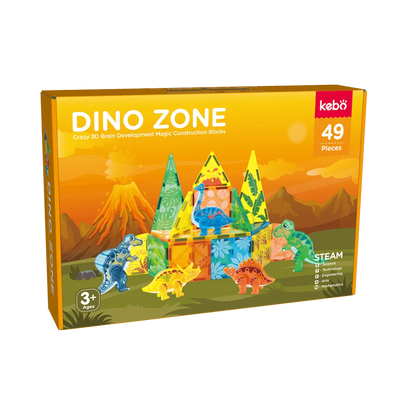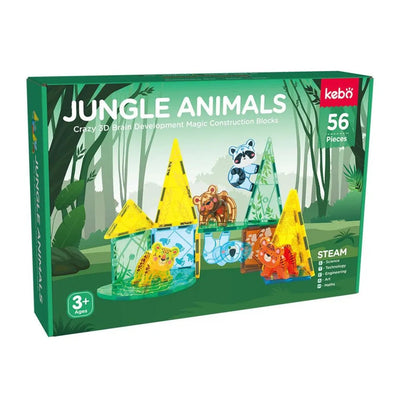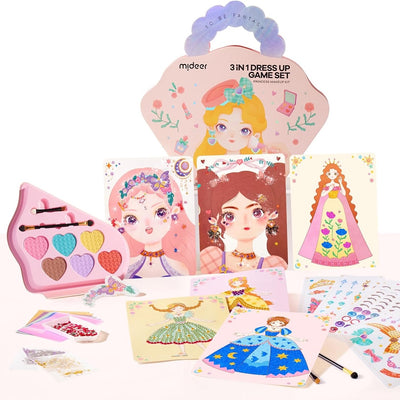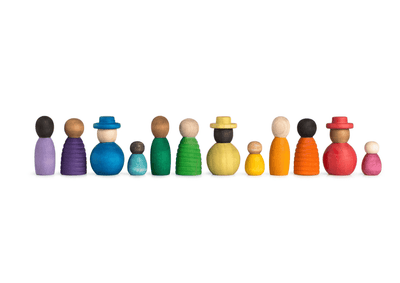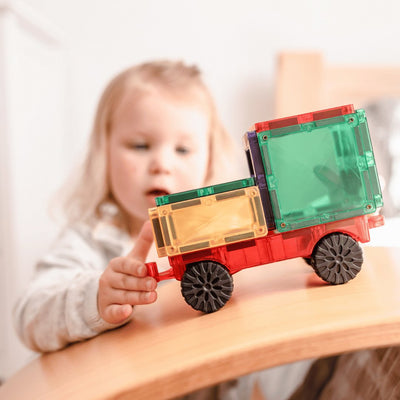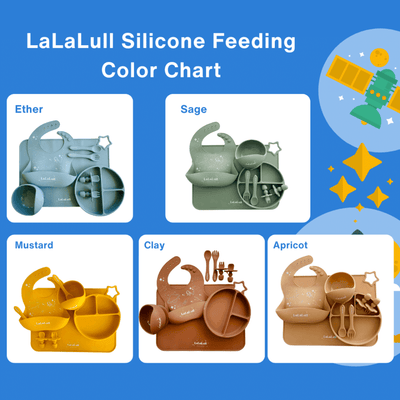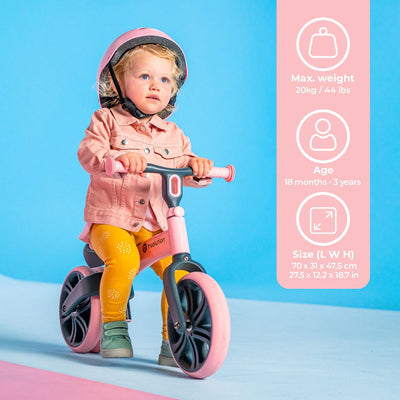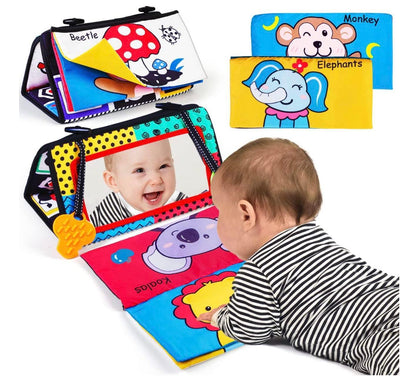Magnetic Blocks Toys are popular as it empowers creative play, and it is a powerful tool for teaching geometry through play. Children naturally engage with geometric concepts as they build and create with these versatile blocks. In this blog, Let's explore how magnetic blocks can be used to explore geometry together:
Understanding Shapes and Structures
Basic Shapes
Magnetic blocks come in various shapes like squares, triangles, and rectangles. These basic shapes are the building blocks for more complex structures. Through play, children learn to recognize and differentiate between these shapes, which is fundamental in geometry.
Combining Shapes
By combining different shapes, children can create new forms and structures. For instance, two triangles can form a square, and several squares can create a cube. This hands-on experience with combining shapes helps children understand the relationships between different geometric forms.
Learning About Symmetry
Symmetry is a key concept in geometry. With magnetic blocks, children can easily explore symmetry by creating symmetrical patterns and structures. This not only enhances their understanding of symmetry but also improves their spatial awareness and aesthetic sense.
To delve deeper into the concept of symmetry, visit Khan Academy.
Exploring 3D Geometry
Building 3D Structures
Magnetic blocks allow children to move beyond flat, two-dimensional play into the realm of three-dimensional structures. Building cubes, pyramids, and other 3D shapes helps children grasp the concept of volume and spatial relationships.
Discover more about 3D shapes on Math is Fun.
Understanding Angles
As children manipulate magnetic blocks to create different structures, they naturally encounter angles. Whether they're creating the sharp angles of a pyramid or the right angles of a cube, they're gaining a tactile understanding of this important geometric concept.
For a comprehensive guide to understanding angles, visit Khan Academy.
Encouraging Problem-Solving Skills
Constructing stable and complex structures with magnetic blocks requires planning and problem-solving. Children learn to think ahead, consider the balance and support of their creations, and troubleshoot when their designs don't work as expected. These critical thinking skills are essential in geometry and beyond.
Explore more about problem-solving skills on Edutopia.
Integrating Geometry with Creative Play
One of the greatest benefits of using magnetic blocks to explore geometry is that it integrates learning with creative play. Children are more engaged and motivated when they're having fun, and magnetic blocks provide endless opportunities for imaginative and educational play.
Conclusion
Magnetic blocks are an excellent resource for introducing children to geometric concepts in a hands-on, playful manner. By exploring shapes, symmetry, angles, and 3D structures through play, children develop a solid foundation in geometry that will serve them well in their educational journey. So, next time your child picks up a magnetic block, know that they're not just playing—they're learning geometry in a fun and engaging way.
For more resources and ideas, visit National Council of Teachers of Mathematics.
